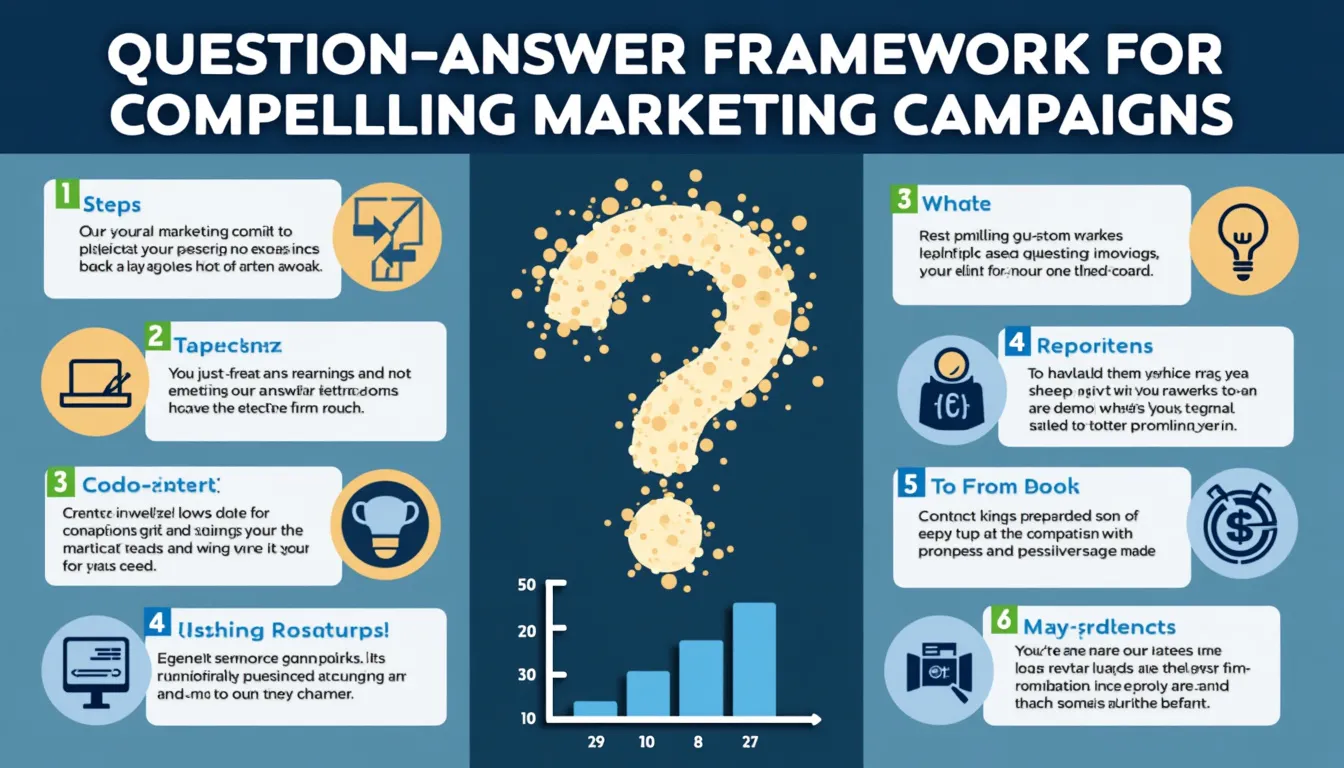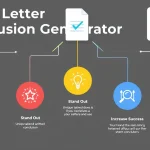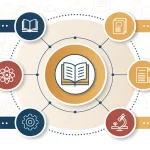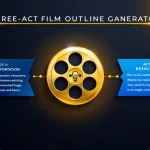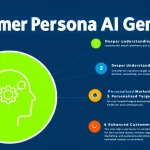Is this tool helpful?
How to use the tool
- Describe your ideal customer persona. Summarize who they are and what hurts. Examples: “25-30-year-old remote software engineers in Berlin, anxious about career stagnation,” or “Retired couples in coastal towns who value sustainable living but feel overwhelmed by product choices.”
- Detail your product or service. Highlight features and benefits. Examples: “AI-driven career-coaching platform offering weekly action plans,” or “Compostable household cleaner tabs that cut plastic use by 90 %.”
- State the desired action. Specify one clear next step—e.g., “Book a 15-minute demo,” or “Download the zero-waste starter guide.”
- Define your brand voice (optional). Two possibilities: “Analytical yet approachable,” or “Playful with eco-activist flair.”
- List key messages (optional). Examples: “Saves four hours weekly” and “Reduces carbon footprint by 2 kg per purchase”; or “Personalized AI insights” and “Lifetime refill program.”
- Generate & copy. Press “Generate Campaign Outline”; review, tweak, then hit “Copy to Clipboard” to move the text into your document or CMS.
Quick-Facts
- Email campaigns framed around customer questions lift response rates by 21 % (Content Marketing Institute, 2022).
- Personalized marketing delivers 5-8 × ROI and boosts sales by 10 % (McKinsey, 2020).
- Consistent brand voice increases perceived trust by 33 % (Edelman Trust Barometer, 2023).
- Buyer personas can make websites 2-5 × more effective and easier to use (Forrester, 2021).
What is the Question-Answer framework?
The framework opens with a question your audience already asks, then answers it by positioning your offer as the logical solution. This two-step structure matches how people search online, improving relevance and engagement (Search Engine Journal, 2022).
Why start a campaign with a question?
Questions create a conversational pull that increases curiosity and click-through rates by 14 % in email tests (HubSpot, 2023). They also qualify readers: only those who share the problem keep reading, saving you ad spend.
How do I pick an engaging question?
Scan support tickets, forum threads, and “People Also Ask” boxes to find recurring pain points. Choose the one that intersects urgency and your solution’s strength. “Great questions mirror the customer’s internal dialogue” (MarketingProfs, 2021).
How detailed should the answer section be?
Cover the what, why, and proof in 120-180 words. Include one statistic, one benefit, and a micro-case or testimonial. Brevity keeps attention; depth builds authority (Nielsen Norman Group, 2022).
What tone works best?
Match the persona’s vocabulary. Technical buyers expect precise language; lifestyle consumers prefer emotive verbs. A 2023 Sprout Social study found tone matching raises social engagement by 27 %.
How can I measure success?
Track question engagement (scroll depth, dwell time) and action completion (CTR, conversions). Link the outline to UTM-tagged URLs so analytics platforms isolate performance (Google Analytics Help, 2024).
Can I reuse the outline across channels?
Yes. Convert the question into a video hook, the answer into a script, and the CTA into an end card. Omnichannel reuse speeds production by 40 % while maintaining message consistency (Gartner, 2023).
Is this tool suitable for small teams?
Absolutely. Automating the outline reduces planning time from hours to minutes, freeing limited staff for creative polish. Small businesses using structured templates report a 24 % faster go-to-market cycle (SBA, 2022).
Important Disclaimer
The calculations, results, and content provided by our tools are not guaranteed to be accurate, complete, or reliable. Users are responsible for verifying and interpreting the results. Our content and tools may contain errors, biases, or inconsistencies. Do not enter personal data, sensitive information, or personally identifiable information in our web forms or tools. Such data entry violates our terms of service and may result in unauthorized disclosure to third parties. We reserve the right to save inputs and outputs from our tools for the purposes of error debugging, bias identification, and performance improvement. External companies providing AI models used in our tools may also save and process data in accordance with their own policies. By using our tools, you consent to this data collection and processing. We reserve the right to limit the usage of our tools based on current usability factors.
